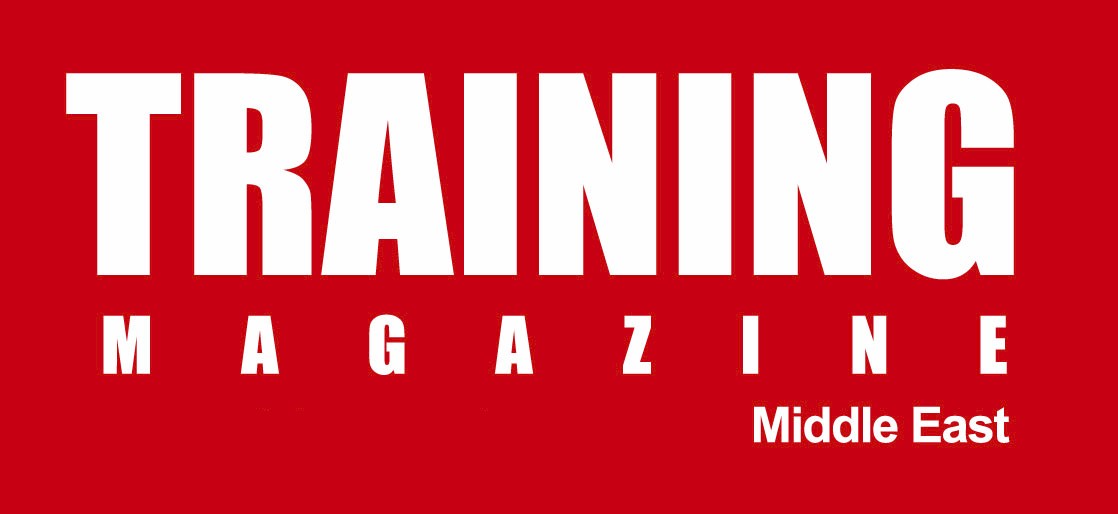While most of us believe that learning happens in the classroom, it does NOT. In fact, classroom or instructor-led learning’s only contribution to our learning is 10%! So where does most of learning take place? Around 70% of learning takes place on-the-job and 20% of learning takes place through activities before the training.
Joint research conducted by ASTD and AJLMEP in 2001 highlights that effective workforce development activities are typically the ones that are delivered in a “Joint Education Program” structure. Those programs are a blend of classroom-based learning, on-site training, e-learning, job placement, self-directed learning, training resource centers, books and educational programs. However, although this joint research and several other studies highlight the importance of investing in real-time and hands-on learning programs for workforce development, most learning and development professionals in the Middle East invest about 80% of the employee development budgets in some type of classroom or instructor-led training.
Another recent article by Achieve Global emphasizes the positive impact of using the social aspect on learning (individuals drive learning) through the application of informal learning activities such as networking, cross-generational mentoring and coaching, water-cooler learning, etc.
The solution to implementing successful workforce development programs with a positive impact on business results is to SHIFT the workforce development strategies in organizations by investing the time and resources in designing carefully targeted joint educational programs, with emphasis on using informal learning. That does not mean that we ignore formal learning. No, the key is for learning and development professionals to achieve a proper balance between formal and informal learning. It is worthwhile our time and investment to allocate 20% of workforce development time and budgets on formal learning and 80% on informal learning.
In addition, the successful implementation of a joint educational development program that caters to both formal and informal learning requires learning and development professionals to work closely and in partnership with the business leaders to achieve the results ‘the business’ wants to achieve. Hence, a SHIFT in the approach, methods and tools we use to identify workforce development objectives, strategies and requirements with ‘the business’ is necessary.

